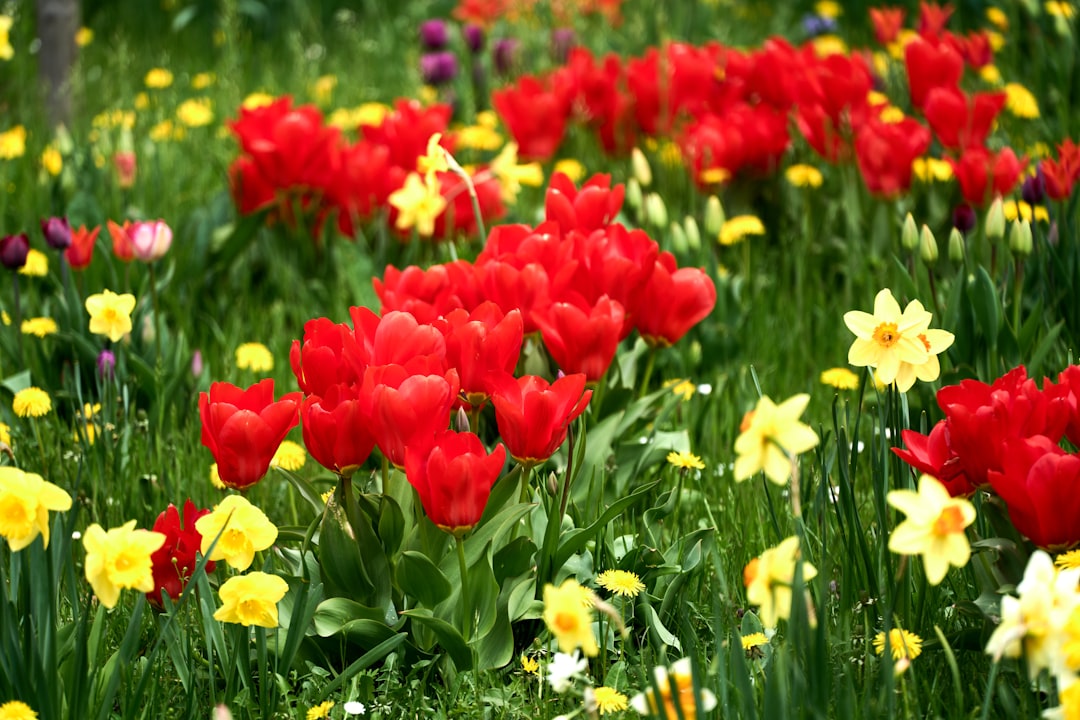Secrets to a Thriving Spring Garden: Mastering Seedling Hardening

Spring is a time of renewal and growth, and for many gardeners, it's the perfect season to start a new garden. One of the most crucial steps in ensuring the success of your spring garden is hardening off seedlings. This process helps prevent transplant shock and gives your plants a stronger start in the garden. In this guide, we'll explore the ins and outs of hardening off seedlings and provide you with the tips and techniques you need to do it effectively.
First, let's understand what hardening off means. Seedlings that have been started indoors or in a greenhouse are used to a controlled environment with consistent temperatures, humidity, and light. When you suddenly move them outside into the harsher conditions of the real world, they can experience transplant shock. This can lead to stunted growth, wilting, or even death. Hardening off is the process of gradually acclimating your seedlings to the outdoor environment, so they can adjust and thrive.
To begin the hardening off process, you'll need to start about a week or two before you plan to transplant your seedlings into the garden. Choose a mild, sunny day to start. Place your seedlings outside in a sheltered location, such as a porch or under a tree, for a few hours. Make sure they're protected from strong winds and direct sunlight at first. You can use a shade cloth or a piece of cardboard to provide some shade if needed.
Over the next few days, gradually increase the amount of time your seedlings spend outside. Each day, add an hour or two to their outdoor time. Also, start exposing them to more sunlight and wind. You can move them to a more open location in your yard, but still provide some protection if the weather is particularly harsh. By the end of the week, your seedlings should be able to tolerate full sun and normal outdoor conditions for most of the day.
It's important to keep a close eye on your seedlings during the hardening off process. Check them regularly for signs of stress, such as wilting or yellowing leaves. If you notice any problems, reduce the amount of time they spend outside or provide more shade and protection. You may also need to water them more frequently, as the outdoor environment can be drier than the indoors.
Another key aspect of hardening off is to gradually reduce the amount of water and fertilizer you give your seedlings. Indoors, you may have been watering them regularly and providing them with a lot of nutrients. As you harden them off, start cutting back on the water and fertilizer. This will help the seedlings develop stronger roots and become more resilient to the outdoor environment.
When it comes to transplanting your hardened off seedlings into the garden, there are a few things to keep in mind. First, choose a cloudy or overcast day if possible. This will reduce the stress on the seedlings and give them a better chance of survival. Dig a hole in the garden that's slightly larger than the root ball of the seedling. Gently remove the seedling from its container and place it in the hole. Fill in the hole with soil and gently firm it around the base of the plant.
After transplanting, water the seedlings thoroughly. This will help settle the soil around the roots and give the plants a good start. You may also want to add a layer of mulch around the base of the plants to help retain moisture and suppress weeds. Keep an eye on the seedlings in the days and weeks following transplanting. Make sure they're getting enough water and sunlight, and watch for any signs of pests or diseases.
In addition to hardening off seedlings, there are other important aspects of yard and garden care. For example, proper soil preparation is essential for healthy plant growth. Before you plant your seedlings, test your soil to determine its pH level and nutrient content. You can then add the appropriate amendments, such as compost or fertilizer, to improve the soil quality. Also, make sure to choose the right plants for your climate and soil conditions. Some plants are more tolerant of heat, cold, or drought than others, so do your research before making your selections.
Regular maintenance is also key to a successful garden. This includes watering, weeding, pruning, and pest control. Water your plants deeply and infrequently to encourage strong root growth. Weed your garden regularly to prevent competition for nutrients and water. Prune your plants as needed to shape them and remove any dead or diseased branches. And keep an eye out for pests and diseases, and take appropriate action if you notice any problems.
Finally, don't forget to enjoy your garden! Gardening is a rewarding hobby that allows you to connect with nature and grow your own food. Take the time to sit back and enjoy the beauty of your garden, and share your harvest with friends and family. With a little care and attention, your spring garden can be a source of joy and abundance for years to come.